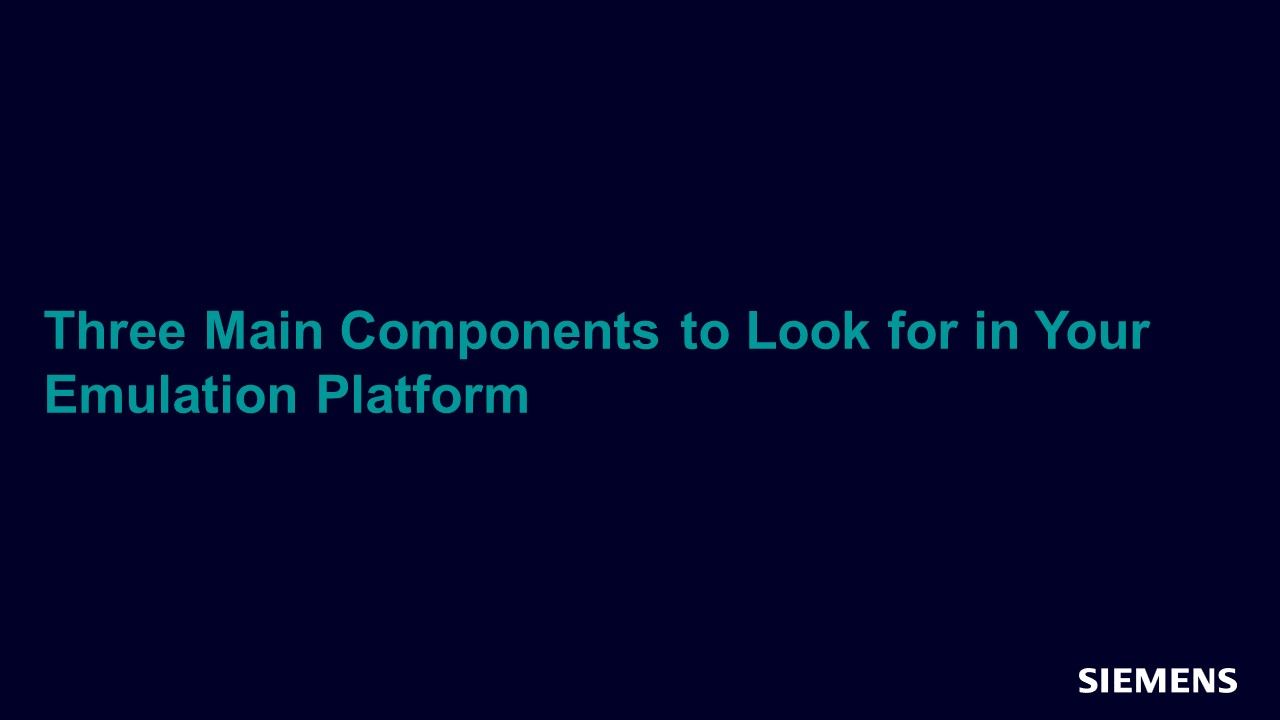Three Main Components to Look for in Your Emulation Platform
A significant evolution is underway in SoC verification and validation.
The complexity of SoC designs has resulted in the need to perform both comprehensive verification as well as system-level validation very early in the design cycle, often before stable RTL code is available for the entire design. This same complexity has also created the need for extensive internal visibility into the design to understand subtle problems that can occur during silicon bring-up.

Full-access members only
Register your account to view Three Main Components to Look for in Your Emulation Platform
Full-access members gain access to our free tools and training, including our full library of articles, recorded sessions, seminars, papers, learning tracks, in-depth verification cookbooks, and more.